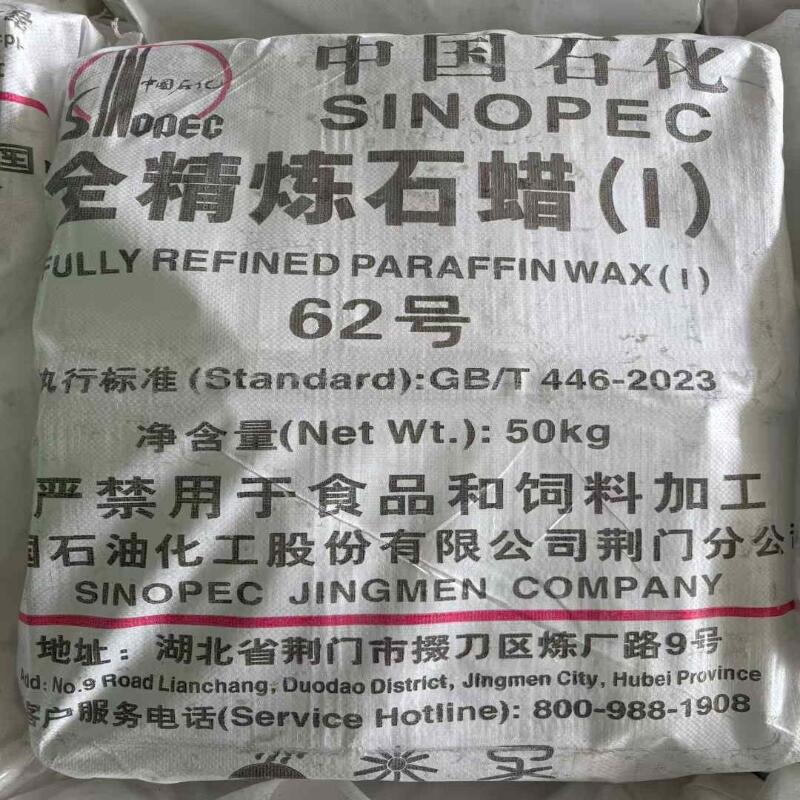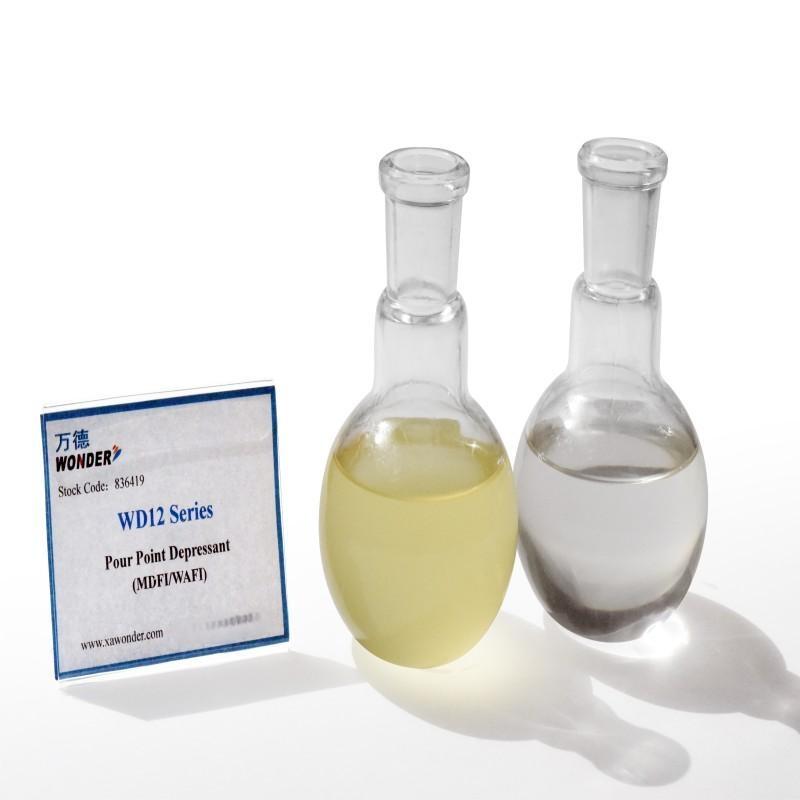-
Categories
-
Pharmaceutical Intermediates
-
Active Pharmaceutical Ingredients
-
Food Additives
- Industrial Coatings
- Agrochemicals
- Dyes and Pigments
- Surfactant
- Flavors and Fragrances
- Chemical Reagents
- Catalyst and Auxiliary
- Natural Products
- Inorganic Chemistry
-
Organic Chemistry
-
Biochemical Engineering
- Analytical Chemistry
-
Cosmetic Ingredient
- Water Treatment Chemical
-
Pharmaceutical Intermediates
Promotion
ECHEMI Mall
Wholesale
Weekly Price
Exhibition
News
-
Trade Service
At present, the domestic gasoline and diesel market has entered the stage of stock competition, and the oil and non-oil retail business with gas stations as the marketing scene is facing five bottlenecks: limited incremental space, serious commodity homogenization, flooded low-price channel resources, difficulty in identifying and analyzing refueling customers, and difficulty in meeting differentiated customer needs, which restricts the development of
retail business.
Gas station operators must clearly and accurately understand the above issues in order to better carry out retail marketing activities
.
First, the increase in retail demand for oil products in the whole society is limited
.
Domestic gasoline consumption growth is slowing, considering the development of new energy vehicles and the acceleration of public travel substitution, the reduction of residents driving after the epidemic, and the high oil price to curb gasoline consumption, etc.
, gasoline demand is expected to peak
around 2026.
With the late stage of industrialization and the acceleration of natural gas and electricity substitution, domestic diesel consumption is in a peak plateau
.
Diesel consumption in logistics, agriculture and some industrial enterprises, which accounts for about 85% of diesel consumption, is sold
through gas stations.
In the future, the incremental space for domestic oil retail demand is relatively limited
.
The oil retail business of gas stations will shift from the model of mainly relying on incremental natural growth in previous years to relying on the era of marketing stock competition
.
Second, the homogeneity of different types of gas station products and services is reflected in the quality of oil products, commodity varieties, and value-added services around car owners and automobiles, which increases the difficulty
of manufacturing differentiation from the goods themselves in the retail business of gas stations.
From the perspective of oil quality, since the "Thirteenth Five-Year Plan", the state has continued to eliminate backward production capacity, levy consumption tax on imports, greatly reduce the production and circulation of inferior blended oil, purify the gasoline and diesel purchase channels of private oil stations, and narrow the quality gap
with state-owned oil stations.
From the perspective of commodity varieties and value-added services, high-end oil products such as No.
98 gasoline have been sold in some chain private gas stations, non-oil commodities in gas station convenience stores are mainly cigarettes, beverages, daily necessities, etc.
, and value-added services such as car washing, auto repair, and the introduction of cross-industry resources have gradually become the standard equipment
of gas stations.
Third, thanks to local tax incentives and industry loopholes, private refining and chemical enterprises have used low-cost resources without invoicing to avoid taxes and seize the market
in the past three years.
In 2021, ticketless gasoline and diesel resources accounted for about 8% and 15%
of domestic gasoline and diesel consumption, respectively.
Most of these low-priced resources flow into private oil stations
.
In the past two years, in resource production areas such as North China and Northeast China, as well as consumption concentration areas such as South China and East China, retail price reduction activities of more than 1 yuan / liter often occur, which is a true reflection of
the market.
The sharp price reduction limits the role of various types of marketing, especially attracting most price-sensitive customers, and other means are basically ineffective
.
Fourth, the slow change of traditional oil companies' market-oriented awareness, the change of behavior and habits of target consumer groups, and the lack of marketing resource conditions make it difficult
for oil stations to identify retail customers and analyze consumption preferences.
From the perspective of consumer characteristics, the core customers of gas stations are male owners
aged 30~45.
This group of young consumers is independent, privacy-oriented, daring to try new things, and valuing function rather than brand
.
As the service window of the traditional petroleum industry, it is difficult for oil stations to change consumers' perception of traditional fuel filling places and achieve in-depth customer insights
by relying on conventional customer acquisition methods.
From the perspective of the required marketing resource conditions, in addition to the fewer differentiated resources that can attract the attention of customers at the gas station itself, the digital transformation of large-scale energy enterprises in the rapid development of the Internet is also a big project, and it is difficult for marketing reach methods to keep up with the iteration of information technology in the short term, which limits the role of marketing resources
.
Fifth, the different locations of gas stations and the characteristics of customer mobility determine that the needs of gas stations are more segmented than those of other industries, and higher requirements
are put forward for the accuracy of marketing activities.
There are significant differences in economic level and residents' spending power between different regions in China or different business districts in the same region; Even petrol stations in the same province may be urban central stations, national and provincial highway stations or rural stations
.
Therefore, the marketing methods and promotion efforts applicable to different gas stations should be significantly different
.
Even for the same gas station, due to the mobile nature of the car as a means of travel, in addition to the fixed customers within 3~5 kilometers of the surrounding area, there are a considerable number of completely random or partially random customers, and the customer base arriving at the station should be further segmented and marketed
.







